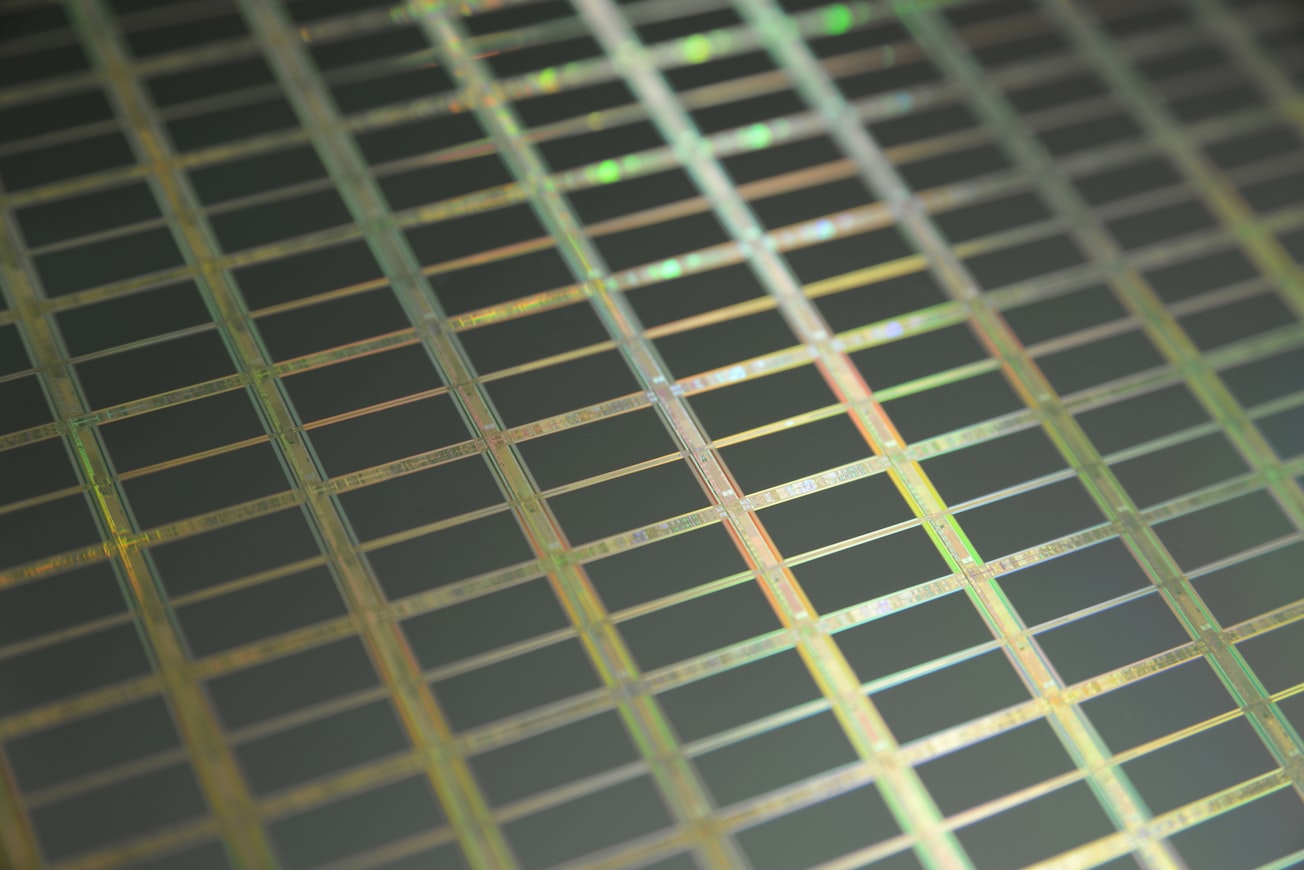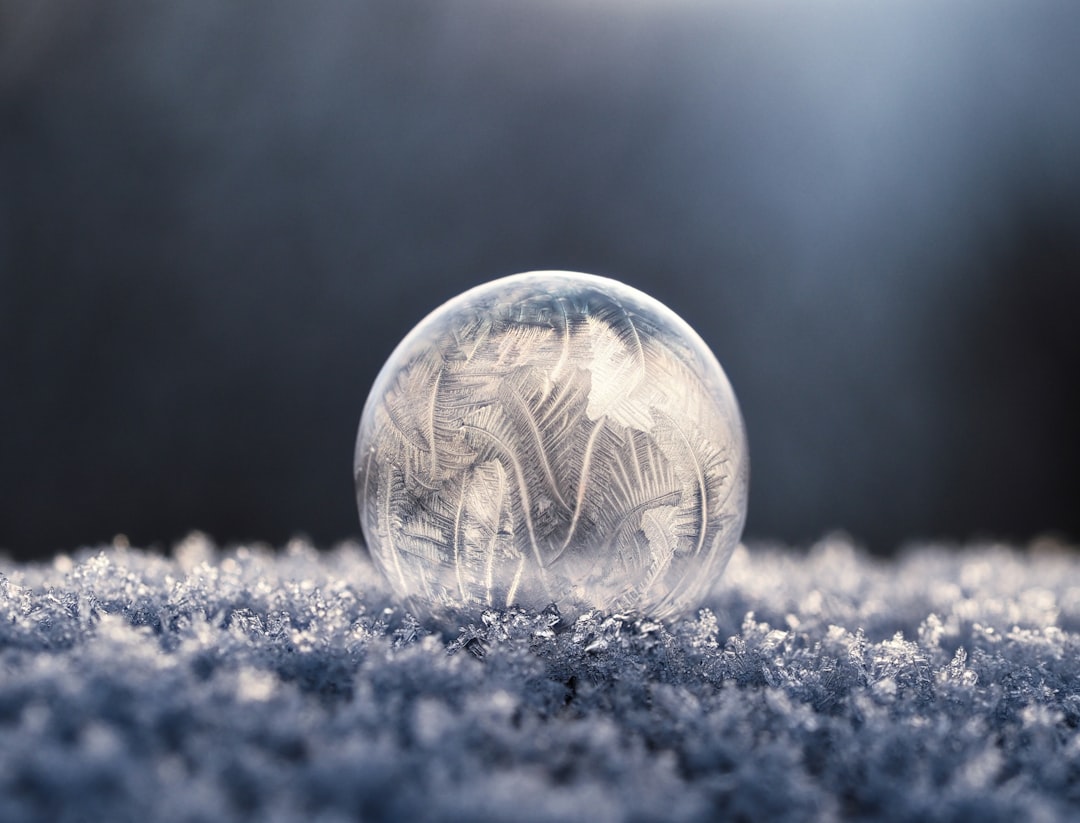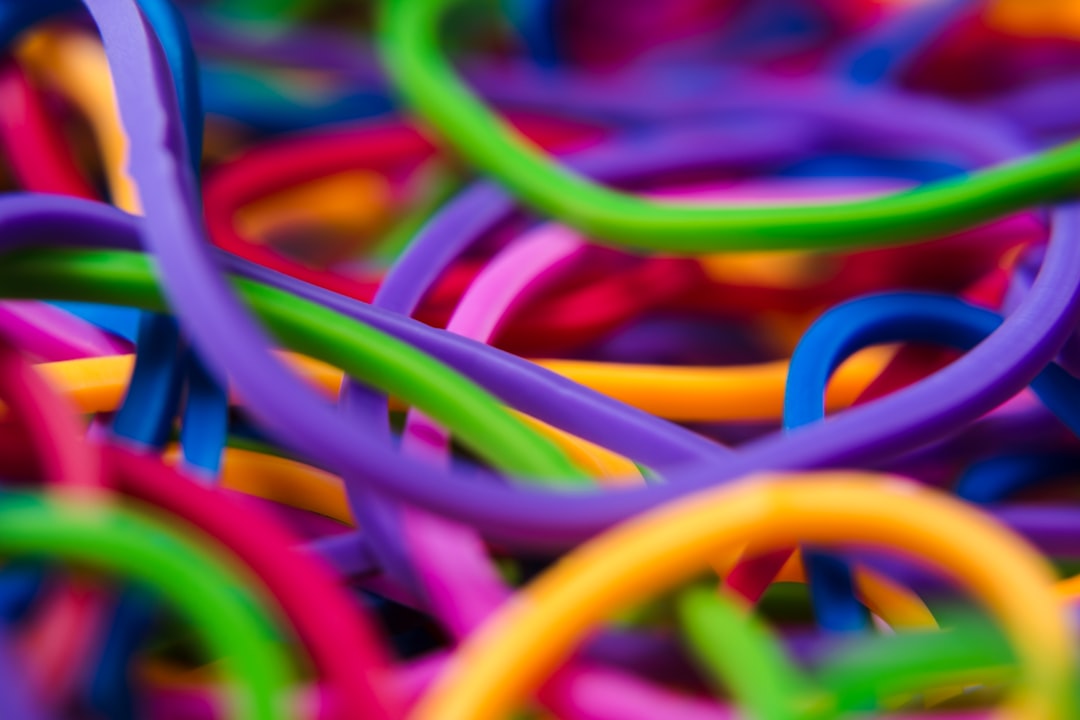What is it about?
Crystalline Si films incorporated with Al are important for applications in microelectronics and solar cells. In this paper, we report on the morphology of crystalline Si surfaces in Al/amorphous-Si bilayer thin films under ion beam irradiation at 100 °C. Micro-Raman and transmission electron microscopy studies show that best crystallization is achieved at a low fluence. The contact angle of Si surfaces (after chemically etched unreacted Al), referred to as absorber surfaces, decreases with increasing ion fluence. These surfaces are hydrophobic in nature and the hydrophobicity decreases with increasing ion fluence. Fractal and multifractal analysis of atomic force microscopy images, along with system energy/unit cell and Laplace pressure calculations, supports our observations. Moreover, the calculated multiple scattering cross sections of light, along with reflectivity measurements, indicate that absorber surfaces of best crystalline films have the lowest reflectivity. The present results suggest that such surfaces having low optical reflectance and a hydrophobic nature can be used as photon absorber layers for advanced solar cell devices.
Featured Image

Photo by Laura Ockel on Unsplash
Why is it important?
The present results suggest that such surfaces having low optical reflectance and a hydrophobic nature can be used as photon absorber layers for advanced solar cell devices.
Perspectives
The present results suggest that such surfaces having low optical reflectance and a hydrophobic nature can be used as photon absorber layers for advanced solar cell devices. The present publication present a significant result in the development of solar cell materials.
Dr. SHIV P. PATEL
Guru Ghasidas University
Read the Original
This page is a summary of: Influence of fractal and multifractal morphology on the wettability and reflectivity of crystalline-Si thin film surfaces as photon absorber layers for solar cell, Journal of Applied Physics, January 2021, American Institute of Physics,
DOI: 10.1063/5.0023474.
You can read the full text:
Contributors
The following have contributed to this page










